Show people you care
A restored urban creek, a rewilding art exhibit and a new book about coexisting with bears, plus how to remove your lawn.
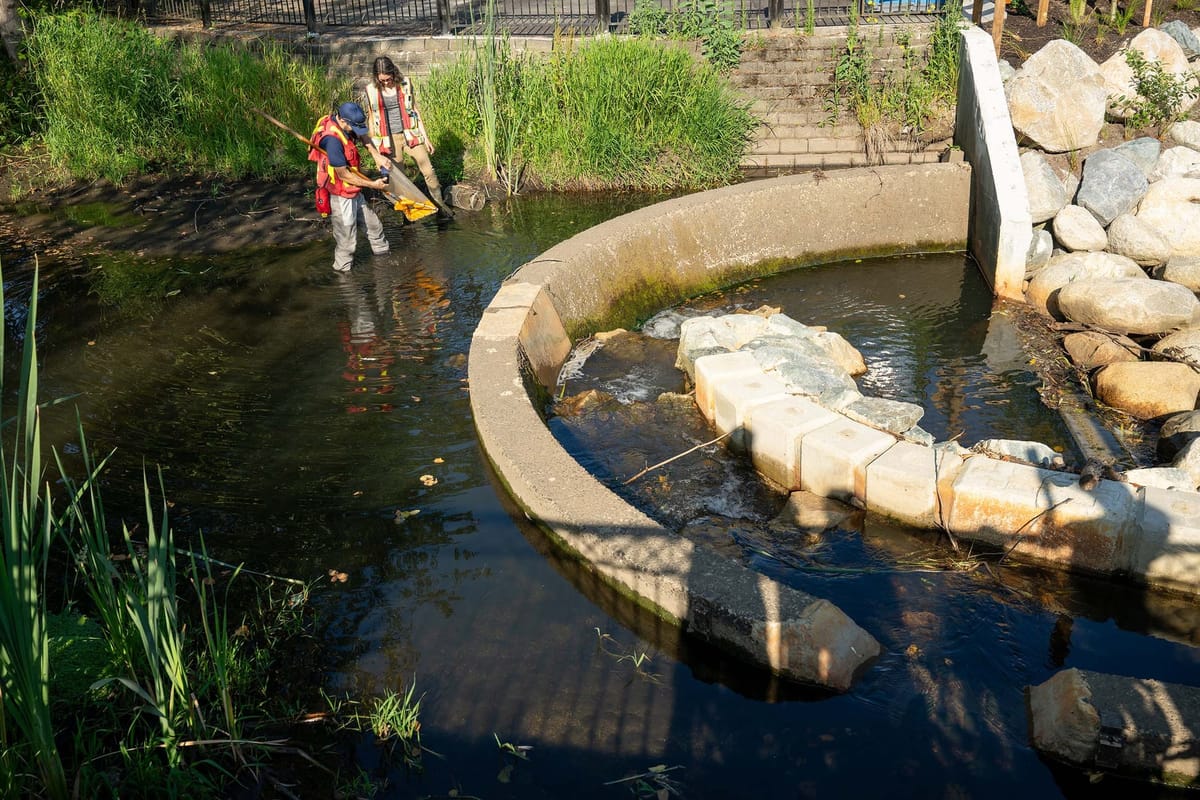
Let’s get loud and proud about the power of rewilding
There are people who are so confident, they are happy to boast about their beliefs, to shout them from the rooftops and comment sections – even in the face of harsh criticism. They seem to thrive on being told they’re wrong.
And then there are others who are more modest about their convictions, preferring to avoid conflict and quietly go about living their lives without feeling that they’re imposing their views on others.
Probably most of us are a blend of both, but when it comes to rewilding, we’d like to advocate for those of us who lean toward the second group to take some notes from the first. Not that we want to be starting fights online! But there is huge value in demonstrating enthusiasm and social proof for a cause that matters to you. That’s how ideas spread. And what the world really needs right now is for the good ideas to be spreading farther, faster.
So tell people about cool rewilding initiatives. Be a cheerleader for pollinator gardens. Thank your favourite conservation biologist or ecological restoration leader. Write a letter to the newspaper (where they still exist) supporting local naturalization projects. Advocate for wildlife-friendly policies and actions where you live. Normalize a rewilding-forward approach to life in your community, and set an example for others to follow. And let us know what you’re doing and how it’s working – we’d love to share your advice with other readers.
Stay wild,
Domini Clark and Kat Tancock, editors
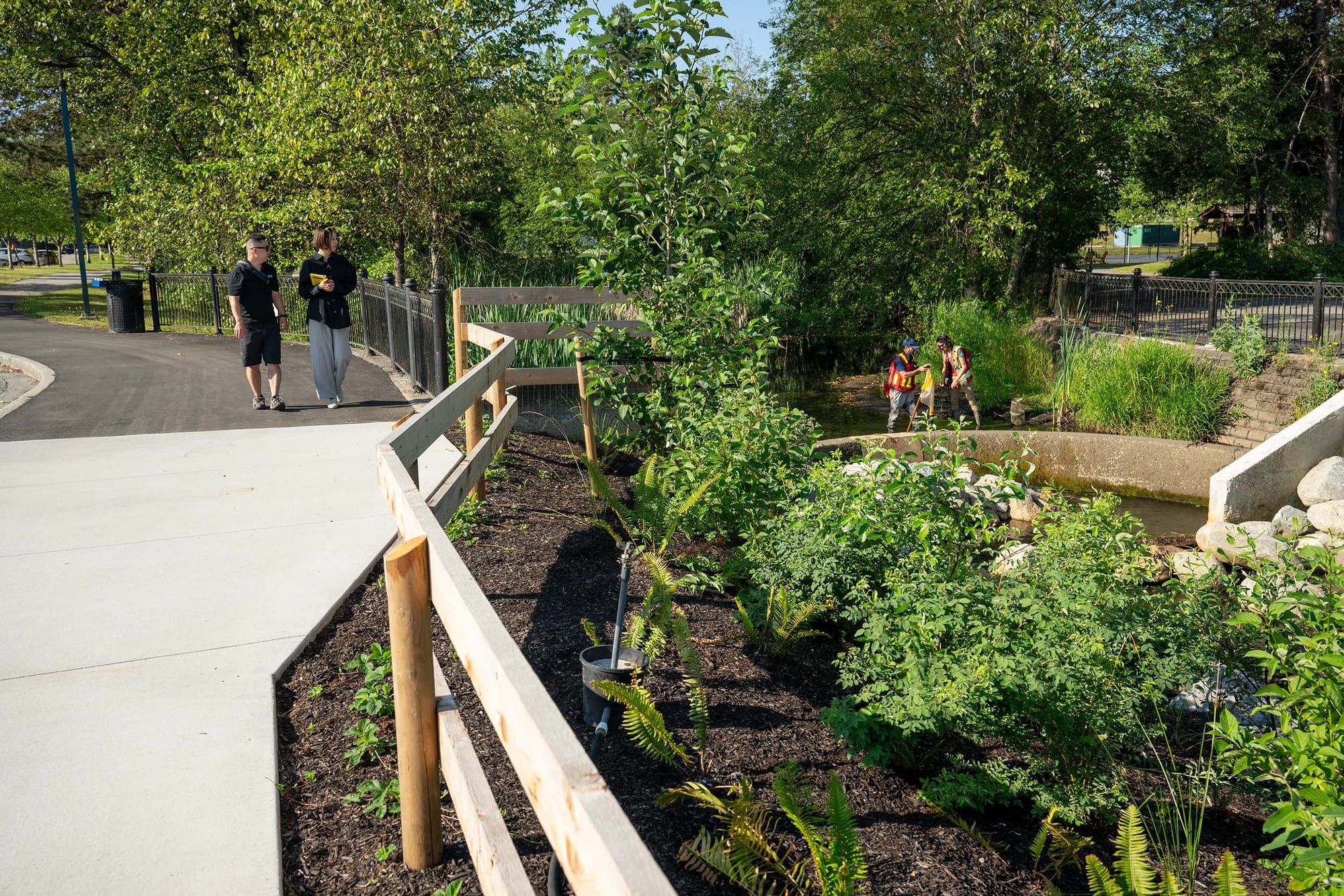
How a dead urban creek was brought back to life
Decades ago, Guichon Creek was buried underground and channelled through culverts. Today, it’s an ongoing restoration success story.
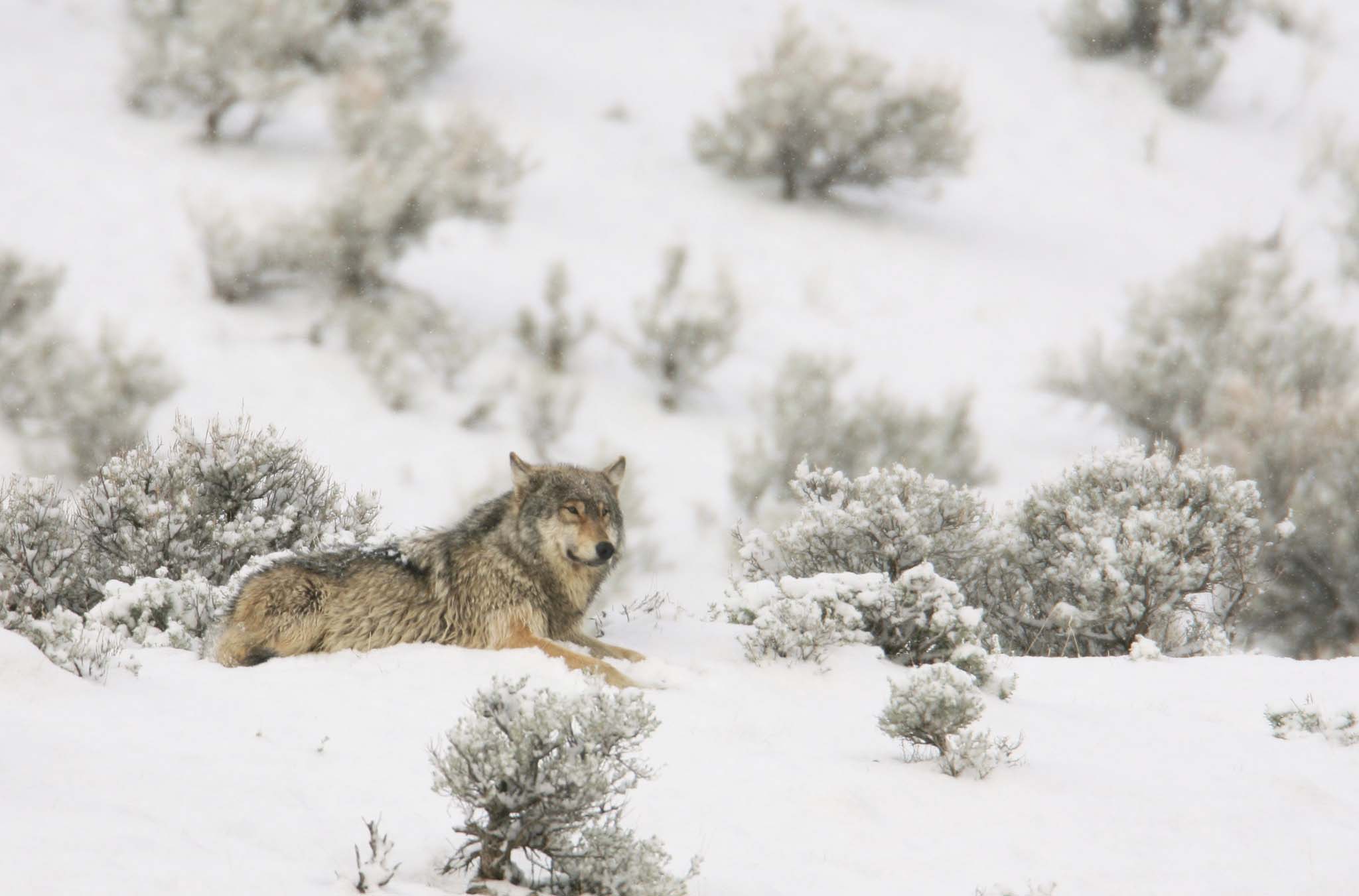
Rewilding in photos: Finding hope in solutions
A new art exhibit at the UK’s Manchester Museum showcases objects, films and photographs that highlight rewilding successes.
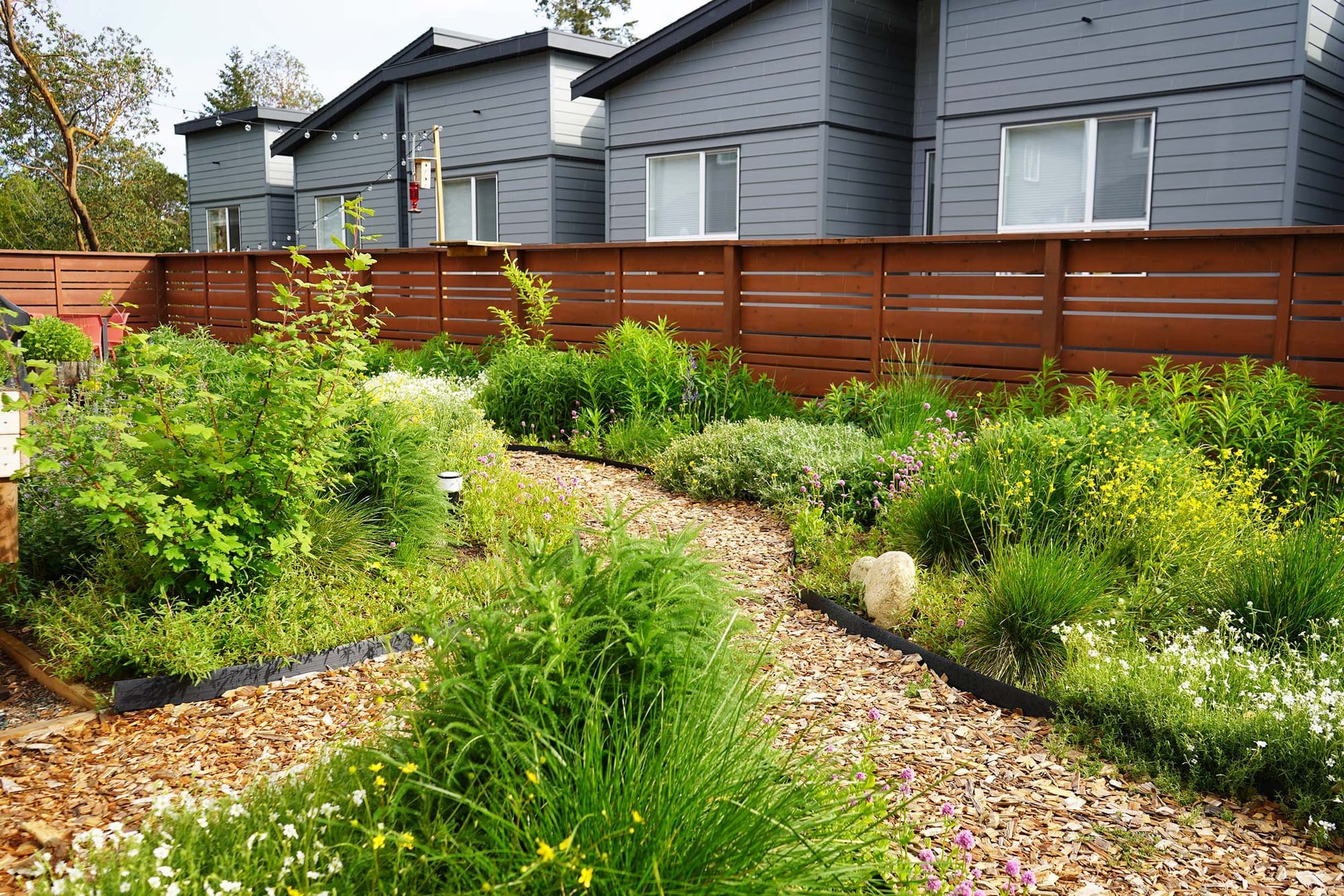
The pros and cons of 5 lawn removal methods
Ready to rewild your yard? Review these strategies for some ways to turn your lawn into a biodiverse garden.
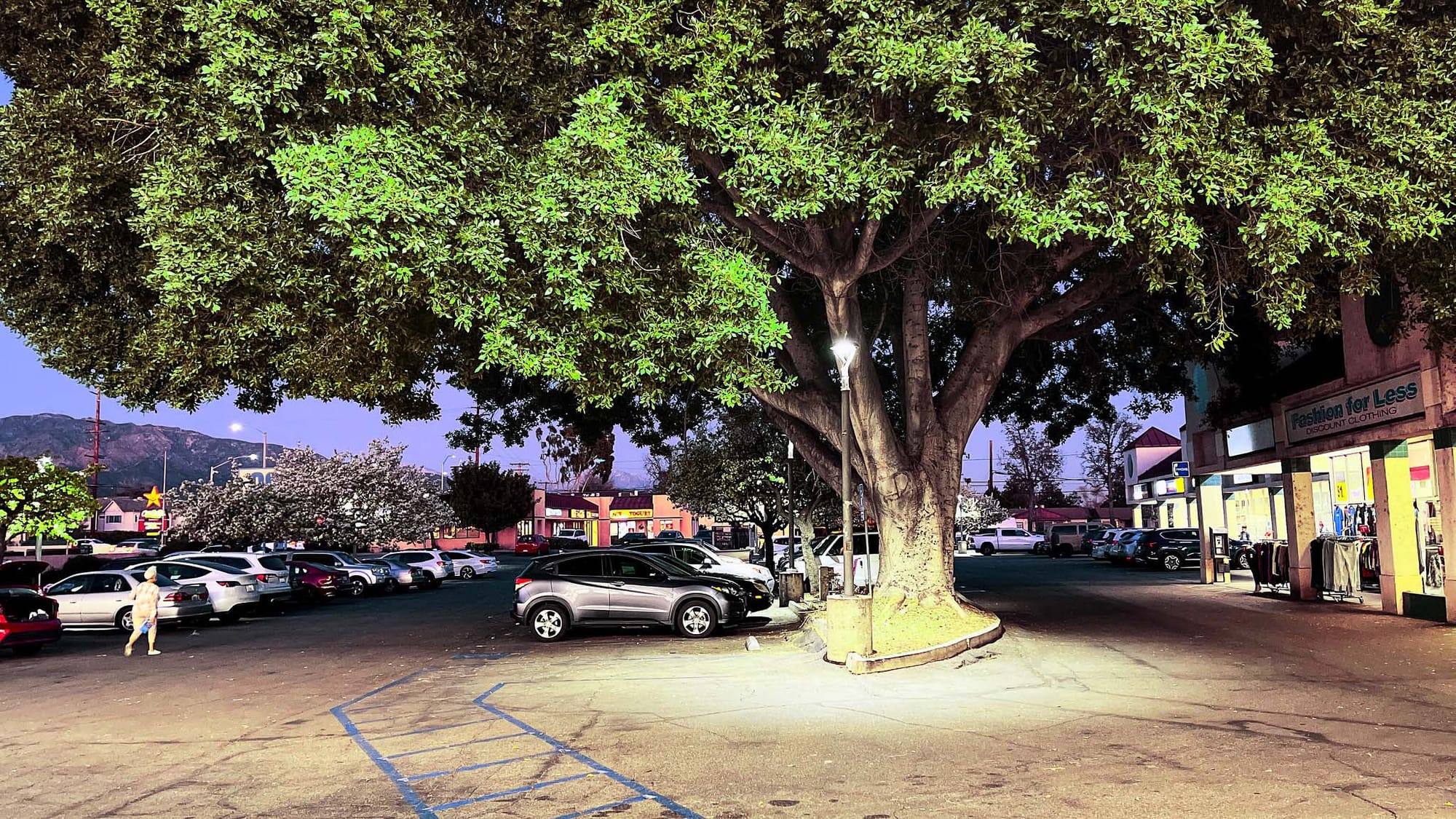
Why large trees are essential for healthy cities
Trees make cities a better place to live. Here’s why large ones deliver the best benefits, and how to help them grow and survive.
Recommended reads
One of rewilding’s so-called three Cs is carnivores, and for good reason – apex predators are a key part of a well-functioning ecosystem. But for reintroductions of these large animals to work, local human communities need to be on board. And that means (re)education: on how to live near predators, on how to understand and respect them and on what safety in coexistence truly means.

What Bears Teach Us is an effort to help with this process, all wrapped in a beautiful package with stunning photography by John E. Marriott. In it, bear researcher Sarah Elmeligi explores various aspects of bear behaviour and human-bear interactions, interspersing science and statistics with personal stories of bear encounters from herself and other contributors. Chapters are organized around the theme of learning from bears, from patience and tolerance to “just being yourself” – aka recognizing that animals, like humans, are individuals, each with their own preferences and personality.
This book should be of interest to anyone who lives in or visits bear country, but it's also valuable to those who want to learn how various communities manage human-wildlife interaction – or who just want to look at beautiful photos of black bears, polar bears and grizzlies. Because getting to know the non-human creatures of this planet is part of rewilding, too.
We encourage you to borrow What Bears Teach Us from your local library or purchase from an independent bookstore.
Elsewhere in rewilding
The idea of using modern-day species to echo the work of now-extinct “megafauna” is a popular one in rewilding circles. Here’s a look at the role water buffalo play in conservation. Also, the headline is A++: Giant 'living tractors' are bringing nature back to post-industrial wastelands.
Of course, another option is to actually bring back these extinct animals. Re:wild, Leonardo DiCaprio’s pet project, is one of the organizations exploring the feasibility of making woolly mammoths real again. Here’s an update on how that’s going.
Travel – specifically its impact on the environment – is a contentious subject. But the money tourists spend can make a positive difference. Condé Nast reports on the emerging trend of hotels embracing rewilding efforts.
Just how big a movement could rewilding become? A new study estimates that 25 percent of Europe – that’s 117 million hectares – offers prime opportunities. Interestingly, the majority lies in the colder regions of the continent.
And finally, if you need some cute animals or just some happy news to get you through these trying times, we give you three words: beaver baby boom. (There’s even video!)
❤️ Enjoy this newsletter?
Send to a friend and let them know that they can subscribe, too.
Share your expertise: Do you know a project, person or story we should feature? Let us know.
Just want to say hello? Click that reply button and let us know what you think – and what else you'd like to see. We'd love to hear from you.


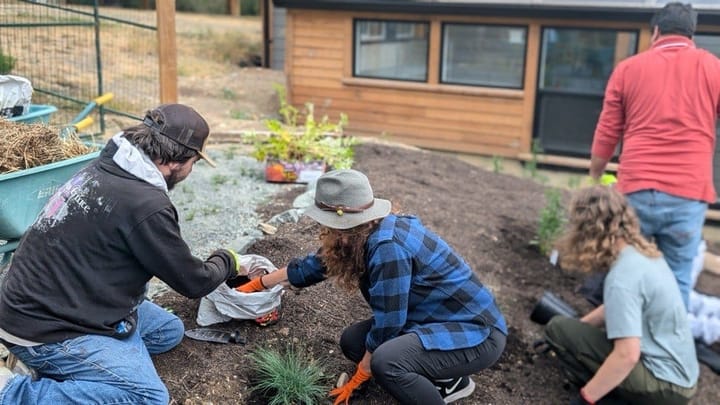
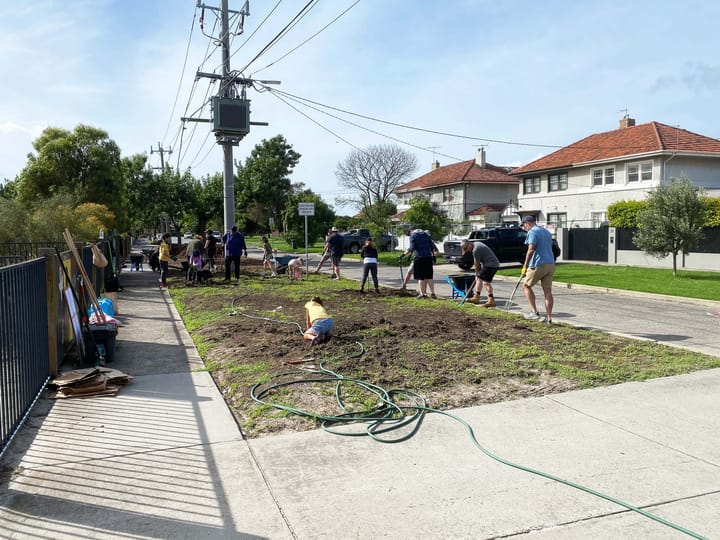
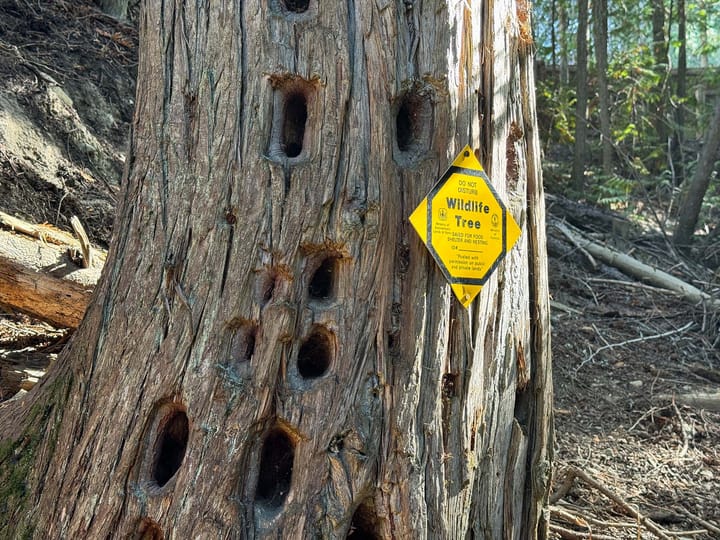
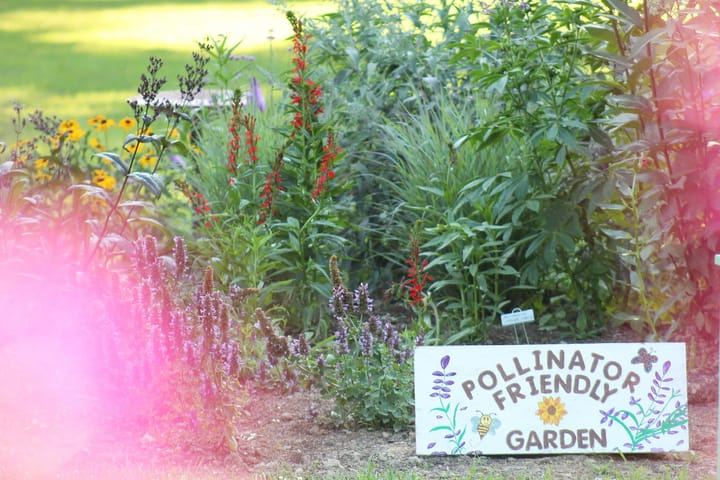
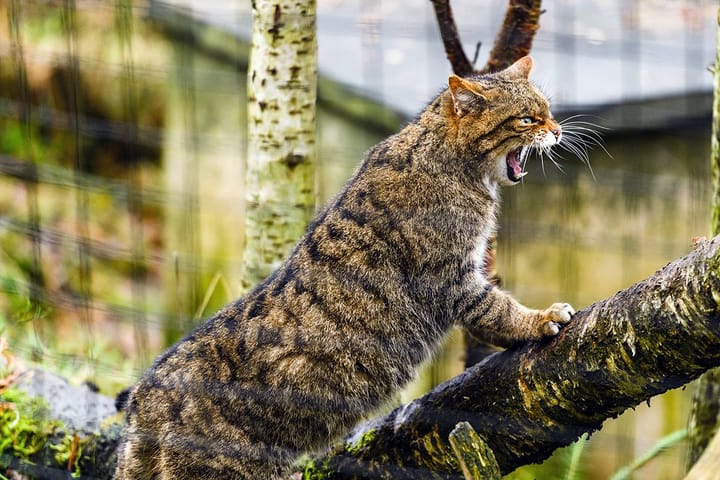

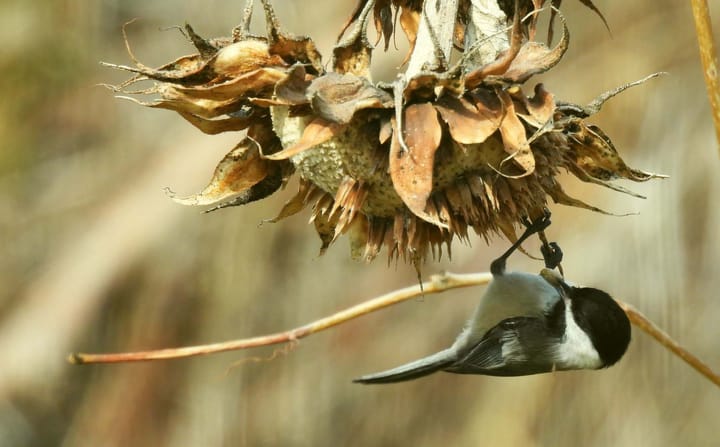



Comments ()